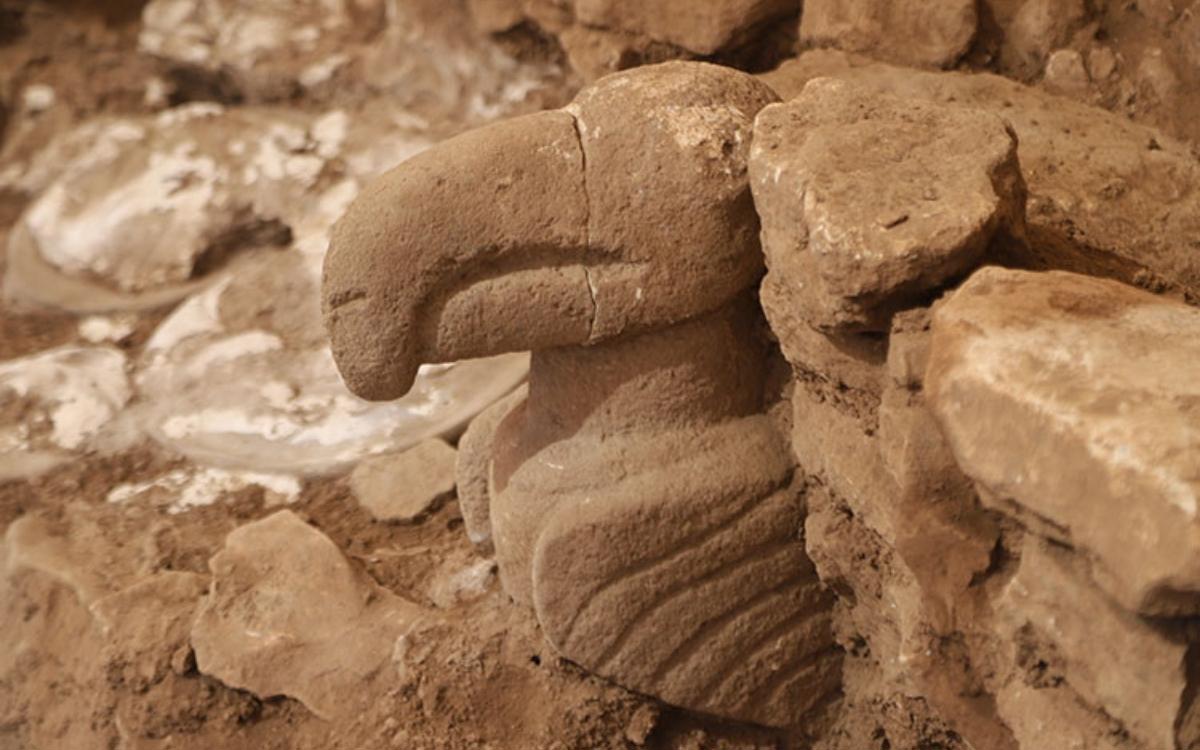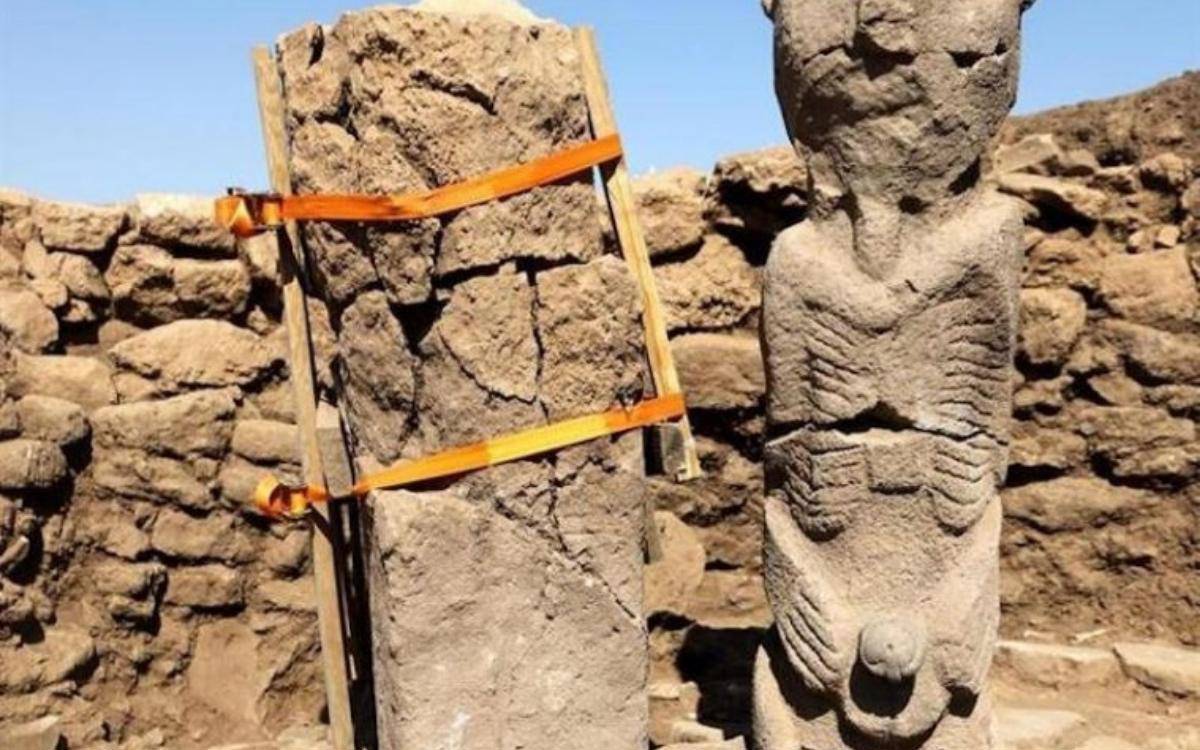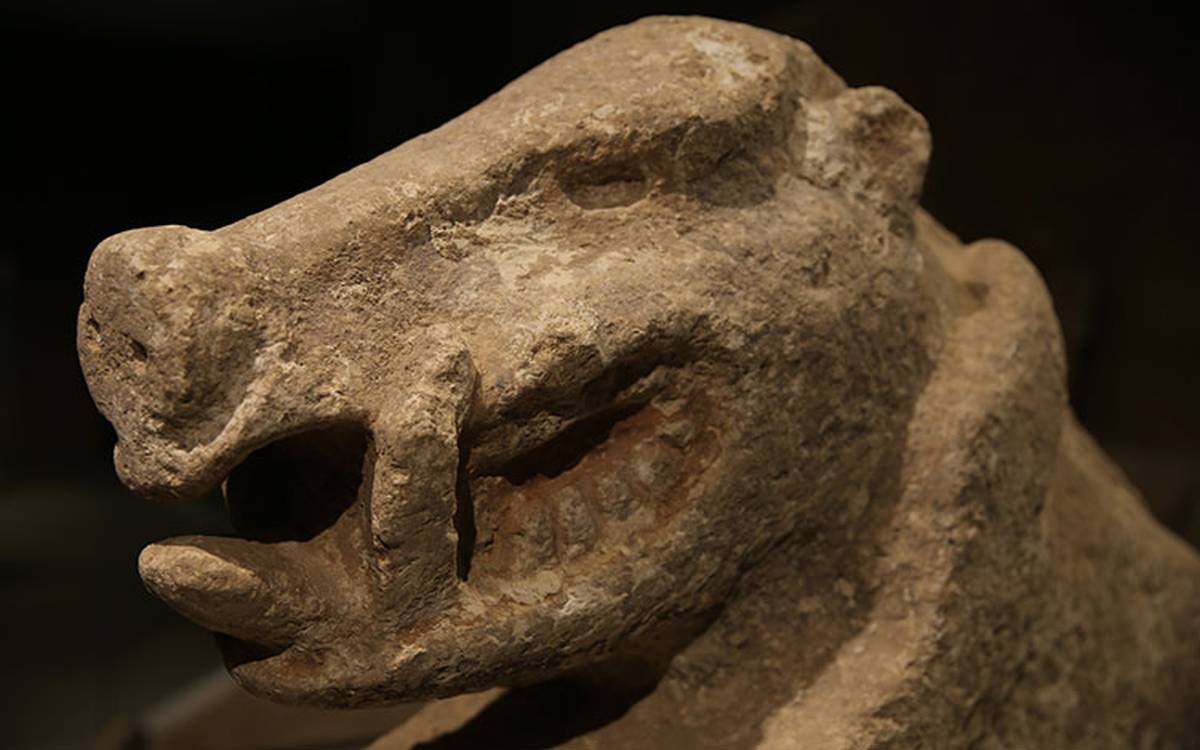The alleged censorship of statues found in Urfa Göbeklitepe and Karahantepe and the censorship of human figures from these statues remain a topic of discussion.
Göbeklitepe, often referred to as the "zero point of history," with its 12,000-year-old history, revealed its first painted statue on September 30. In Karahantepe, one of the most realistic human statues was discovered.
Standing at a height of 2.3 meters and featuring a lifelike facial expression, the statue is considered one of the most impressive examples of prehistoric art. It was found inside a structure fixed to the ground, and in the statue's hands, it holds an erect penis.
In the region, nearly 250 "T"-shaped standing stones have been unearthed to date. However, the discovery of the human statue has sparked discussions not only about censorship but also about the possibility of the statue being damaged or already damaged.
The initial photographs shared by the Anadolu Agency and the Ministry of Culture and Tourism did not include the phallus of the statue. TRT Haber also did not show the phallus in its coverage. These images led to debates not only about censorship but also about the potential "damage" or already existing damage to the statue.
Regarding the censorship and allegations of damage, Göbeklitepe Excavation Director Prof. Dr. Necmi Karul, speaking to Cumhuriyet newspaper yesterday (October 2), stated that there was no damage to the statue, and it was found in separate pieces and later assembled.
Karul continued his statement as follows: "Looking at the archives where the statues were photographed at the time of their discovery, you cannot find a single-piece statue from the Neolithic period. Almost all the statues are broken, with their noses being broken 99% of the time, and apart from a few exceptions, there is no intact statue with a phallus. Nearly all of them have their body parts broken. These statues were found in three pieces: without noses, jaws, and phallus. Later, the three pieces were assembled, and at that time, the phallus was not in place. The second part had not yet been found; it had not been discovered."
"There is no place for censorship by scientists, especially in the field of archaeology," Kurul added.
About Karahantepe

Karahantepe is an archaeological site located 60 kilometers east of Urfa.
The region is home to a series of historical remnants spanning from prehistoric times to the Roman Empire. One of the most significant features of Karahantepe is the presence of a large and impressive mound.
Karahantepe mound was first discovered in 1932 by the British archaeologist David George Hogarth.
Through various excavations, the mound has revealed traces of different civilizations dating back to prehistoric periods. Among the most important findings are:
Neolithic Period: Excavations at Karahantepe mound unearthed remnants from the Neolithic era. Pottery fragments from this period indicated that this area was inhabited by settled people thousands of years ago.
Hittite Period: Karahantepe was a part of the Hittite Empire, and remnants from this era have also been found in the region.
Roman Period: During the Roman Empire, Karahantepe remained an important settlement, and the area boasts Roman-era remnants such as mosaics, temples, and walls.
(TY/PE)







